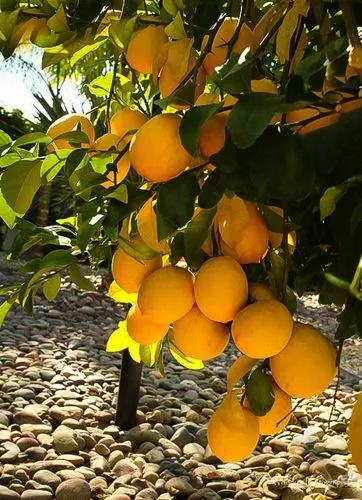Salix alba, the white willow, is a species of willow native to Europe and western and central Asia.The name derives from the white tone to the undersides of the leaves.
It is a medium-sized to large deciduous tree growing up to 10–30 m tall, with a trunk up to 1 m diameter and an irregular, often-leaning crown. The bark is grey-brown, and deeply fissured in older trees
White Willow Care
Salix Alba



Salix alba, commonly called white willow, is native to Europe, central Asia and northern Africa. It was brought to the U.S. in the 1700s by European settlers and has since escaped and naturalized in many parts of North America. This is an upright, fast-growing, deciduous tree than grows to 50-80’ tall with erect branching that typically forms a broad, loose, open crown. Bark is yellowish-brown. The species is now rarely sold, but a number of cultivars are very popular, including plants noted for weeping form and for showy red or yellow winter twigs. This is a dioecious species, with flowering catkins appearing on separate male and female trees in May. Male catkins (to 2” long) are somewhat showy, having tiny flowers with yellowish anthers and two stamens. Female catkins are smaller and non-showy, with greenish flowers. Narrow, lanceolate, finely-toothed leaves (to 4” long) are gray-green above and white-silky beneath. Leaves gradually taper at the bases. Variable fall color is usually a pale yellow, but sometimes appears as a quality yellow.
How to Care for the Plant

Popularity

1,264 people already have this plant 252 people have added this plant to their wishlists
Discover more plants with the list below
Popular articles






